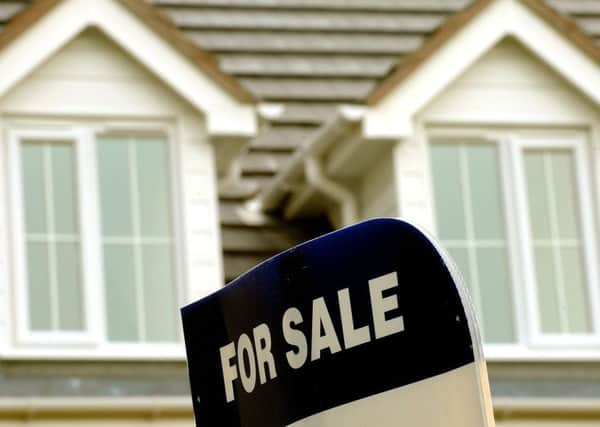Help to Buy ISA: how much has it helped area’s first-time buyers?


But housing charity Shelter says the scheme only helps the better-off while most renters cannot benefit from it because of a minimum cut-off for savings.
The latest Treasury data shows that 197 people in Scarborough received support from a Help to Buy ISA during the 12 months to September – 38 more than in the previous year.
Advertisement
Hide AdAdvertisement
Hide AdIn total, £184,000 was paid to first-time buyers in the area, compared with £130,000 the previous year. The scheme aims to help people buy their first house. Their property must be purchased with a mortgage and cannot be buy-to-let.
The Treasury estimates these subsidies helped buyers purchase 142 properties in Scarborough in the twelve months to September.
The maximum purchase price for which buyers are allowed to receive financial help under the scheme is £250,000, or £450,000 in London.
The average sale price of homes for first-time buyers in Scarborough in the year to September was £140,000.
Advertisement
Hide AdAdvertisement
Hide AdNationally, first-time buyers received £1,054 on average under Help to Buy from the Government to acquire their properties.
Polly Neate, chief executive at Shelter, said: “Right now millions of people are stuck in the rent trap, paying well over the odds to put a roof over their head, with little hope of saving anything.
“It’s the failure of successive governments to build social homes that got us into this mess, so while Help to Buy ISAs may help a lucky few who are already better off, for most renters it will bring them no closer to a stable home.
“If the Government genuinely wants to help the nation’s struggling renters, it needs to seriously invest in social housing. That’s why we want them to back our bold call for 3.1 million new social homes over the next twenty years.”